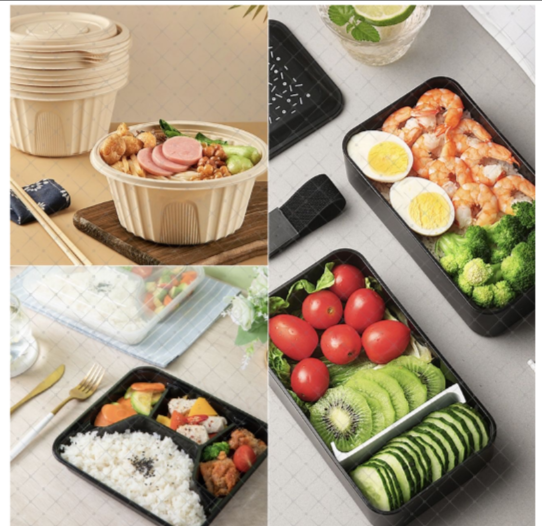paper flexible packaging
The Evolution and Impact of Flexible Packaging in Modern Industries
Flexible packaging has transformed the way products are marketed, stored, and consumed, playing a crucial role across various industries. The rise of this packaging form can be attributed to its adaptability, efficiency, and sustainability properties, which have made it a preferred choice among manufacturers and consumers alike.
What is Flexible Packaging?
Flexible packaging refers to packaging made from flexible or bendable materials that can easily be shaped and molded. Common materials used include plastic films, paper, aluminum foil, and various composites. These materials can be combined to produce packages that are lightweight, portable, and capable of preserving products effectively. Examples of flexible packaging include stand-up pouches, bags, wrappers, and sleeves.
Advantages of Flexible Packaging
One of the most significant advantages of flexible packaging is its lightweight nature. This quality not only reduces shipping costs but also minimizes the carbon footprint associated with transportation. As businesses strive for greater sustainability, flexible packaging offers an appealing solution that aligns with environmental goals. Moreover, the thinner materials used in flexible packaging often require less energy and raw materials to produce compared to traditional rigid packaging options.
Another key benefit is the ability to extend the shelf life of products. The use of barrier materials in flexible packaging helps protect contents from moisture, oxygen, and light, thus maintaining freshness and quality. This is particularly beneficial in industries such as food and beverages, where spoilage can lead to significant economic losses. Enhanced preservation capabilities also allow for reduced use of preservatives, contributing to healthier product offerings.
Flexible packaging is also highly versatile, accommodating a wide range of products, from snacks and cereals to pharmaceuticals and cosmetics. Its design flexibility enables companies to create visually appealing packaging that enhances brand recognition and consumer engagement. Custom printing options and unique shapes can differentiate a product on store shelves, making it stand out in a competitive marketplace.
paper flexible packaging

Sustainability in Flexible Packaging
The growing emphasis on sustainability has led to innovations in flexible packaging materials. Many manufacturers are now exploring biodegradable and compostable options, which minimize environmental impact. For instance, advancements in bioplastics derived from renewable resources offer a promising alternative to traditional petroleum-based plastics. Furthermore, companies are increasingly adopting recyclable materials and designing packages that can be easily processed in recycling streams.
In addition to material innovations, flexible packaging solutions are often designed to minimize waste. By utilizing techniques such as single-serving packets or refillable pouches, companies can encourage smaller consumptions of products, aligning with the trend towards portion control and reducing food waste.
Challenges and Future Directions
Despite its many advantages, the flexible packaging industry faces challenges related to recycling. The complex structure of multi-layered materials raises difficulties in establishing effective recycling programs. To address this issue, collaboration among manufacturers, recyclers, and policymakers is essential. Progress in creating standardized recycling processes and increasing consumer awareness will play a key role in enhancing the sustainability credentials of flexible packaging.
Looking ahead, the continued evolution of flexible packaging will be driven by technological advancements and changing consumer preferences. Innovations such as smart packaging, which incorporates sensors to monitor product freshness or track inventory, are emerging as exciting developments within the industry. Furthermore, as e-commerce growth accelerates, there is a need for packaging that can withstand the rigors of shipping while maintaining product integrity.
Conclusion
In conclusion, flexible packaging represents a dynamic sector within the packaging industry that addresses the needs of modern consumers and businesses alike. With its advantages in sustainability, preservation, and design versatility, it is poised to continue playing a pivotal role in various markets. As the industry evolves, ongoing collaboration and innovation will be vital in overcoming the challenges ahead, ensuring that flexible packaging remains an integral component of future packaging solutions.
-
Stretch Film Solutions: A Comprehensive GuideNewsJun.03,2025
-
Stretch and Shrink Packaging SolutionsNewsJun.03,2025
-
Revolutionizing Packaging with Modern Wrapping SolutionsNewsJun.03,2025
-
Innovative Solutions for Silage and Window TintingNewsJun.03,2025
-
Efficient Packing with Stretch Wrap SolutionsNewsJun.03,2025
-
Effective Packaging with Stretch Wrap SolutionsNewsJun.03,2025
-
Have the freedom of customizing your custom mailers any way you want! Our dedicated packaging support will help deliver you the mailing experience you need to elevate your shipping experience to the next level! Start making a strong impression on your customers and stand out from your competitors! -
LIYA uses high quality raw materials which directly purchased from large enterprises domestic and overseas such as PetroChina, Sinopec, Sabic, Equate, ExxonMobil, Dow Chemical, Total, and Borouge, ensuring the price advantage and quality of the raw materials. -
LIYA uses high quality raw materials which directly purchased from large enterprises domestic and overseas such as PetroChina, Sinopec, Sabic, Equate, ExxonMobil, Dow Chemical, Total, and Borouge, ensuring the price advantage and quality of the raw materials.





